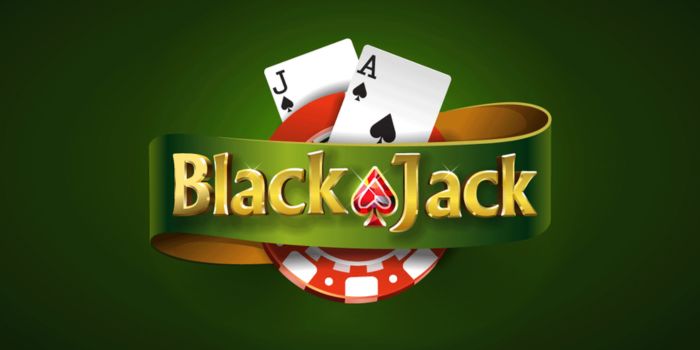Splitting in Blackjack – Blackjack is one of those timeless casino games you’ll see in casinos worldwide. Every casino I’ve visited seems packed with blackjack tables, drawing in everyone from the casual player to the serious strategist.
The appeal lies not just in the simplicity of blackjack but in the way you can turn the odds in your favor with the right moves. There’s plenty of talk about card counting or “advantage play” methods, but less focus on logical strategies that can actually beat the casino without needing an expert-level skill set. While counting cards can help, it’s not enough on its own. To really up your game, you need to know how to use the count strategically.

In this guide, we’ll dive into one of the most underrated yet effective strategies: splitting in blackjack. By understanding when and how to split, you can add a serious edge to your game, all while keeping under the casino’s radar. After reading, you’ll know what it means to split and when it’s most beneficial, so let’s jump in!
What Does It Mean to Split in Blackjack?
If you’re new to blackjack or have only ever heard vague advice about splitting aces and eights from a fellow player, then pay close attention here.
When you’re dealt a pair on the initial deal, you have the option to split those cards and play two hands instead of one. However, you can only split when the first two cards dealt are identical in rank, and splitting requires you to double your original bet.
Pro Tip: Always check with the dealer or pit boss on the specific rules for splitting at your table. Most casinos allow only one split per hand, but some allow multiple splits, which can mean big changes to your strategy.
Now, many players focus on their own hand when deciding to split. But in reality, the dealer’s hand should often guide your decision. Just because you can split doesn’t always mean you should.
When Should You Split in Blackjack?
So, when should you split? Here are some key situations when splitting your hand makes the most sense.
1. Split Aces Always split when you’re dealt a pair of aces. Even if the dealer is showing an ace, splitting aces opens up a high chance of drawing a ten-value card, which gives you a strong shot at one, or even two, blackjacks.
2. When the Dealer Has a Bust Card (4, 5, or 6) When the dealer’s up card is a 4, 5, or 6, they’re more likely to bust. A quick look at the odds shows dealers busting:
- 40% of the time with a 4,
- 42% with a 5,
- And 42% with a 6.
That’s nearly half the time! The numbers make it clear: splitting against these cards is a solid long-term bet.
3. Split 8s This is another no-brainer move. A pair of 8s adds up to 16—a terrible hand in blackjack. Hitting on 16 usually results in a bust over 60% of the time, so splitting those 8s gives you a much better shot at landing a winning hand.
4. Split 2s, 3s, and 7s Against a Dealer’s 7 or Lower When you have low pairs like 2s, 3s, or 7s, split against a dealer’s 7 or lower. While it may feel a bit risky, the math backs up this move as a strong strategy for long-term gains.
5. Split 6s Against Dealer’s 2 to 6 While splitting 6s is generally not advisable, there are exceptions. If the dealer’s up card is between a 2 and a 6, consider splitting those 6s to take advantage of the dealer’s relatively weak position.
6. Split 9s Against Dealer’s 2 to 6 and 8, 9 Although splitting 9s isn’t always an obvious play, there are specific times when it’s smart to split them. If the dealer’s up card is between a 2 and 6, or an 8 or 9, then splitting is a solid move. But if the dealer has a 7, don’t split—just hit instead.
7. When the Table is Hot This one’s more intuitive than statistical. Sometimes, tables do go on hot streaks, and a good run can be a signal to open up your play a bit. If things are going well, consider loosening up on close calls. On the flip side, if the dealer is consistently hitting 21s, tighten up until the vibe shifts.
When Not to Split in Blackjack
Knowing when not to split is just as important as knowing when to do it.
Don’t Split Medium Pairs Hands like a pair of 5s are better suited for doubling down if the situation calls for it. Splitting them creates more risk without giving much of a payoff. Even with a card-heavy deck, splitting 5s or 6s is generally a bad bet.
Don’t Split When Dealer Has an Ace Splitting into a dealer’s ace is typically a no-go. The dealer has a high chance of making a strong hand with an ace showing. When the dealer’s up card is an ace, they’re likely to land a 17 or higher, so any splits are statistically less likely to end in your favor.
If you stick to these tips, you’ll find yourself making better choices, seeing better results, and, with a little luck, walking away with more in your pocket.
